Leaders of various indigenous tribes have demanded that Pope Leo XIV return multiple artifacts from their people, which are currently being housed in the Vatican. CNN reported that the religious stronghold houses a rare Inuvialuit sealskin kayak from the western Arctic, a pair of embroidered Cree leather gloves, a 200-year-old wampum belt, a baby belt from the Gwich’in people, and a beluga tooth necklace.
Critics argue the artifacts were taken during a period of cultural deconstruction, and it is time for the Vatican, which had begun returning the objects under Pope Francis’s rule, to resume the process. “When things were taken that weren’t somebody else’s to take, it’s time to return them,” said Cindy Woodhouse Nepinak, the National Chief of the Assembly of First Nations.
Calls for the artifacts to be returned began in 2022. During their time at the religious capital, the delegates were given a brief tour of the Vatican’s collection and were astonished to find a piece of their history so far away.
READ MORE: Elon Musk breaks silence on ‘falling out with Trump’ after leaving adviser roleREAD MORE: Trump sparks more fears of cognitive decline after fumbling answer on student visas
“It was quite an emotional experience to see all of these artifacts – whether they be Métis, First Nations, or Inuit artifacts – so far away,” said Victoria Pruden, President of the Métis National Council, which represents the Métis Indigenous people of northwestern Canada. Following the visit, as well as Francis’s visits to Canada, the former Pope apologized for the Church’s role in schools and pledged to return the artifacts.
Leo, who was inaugurated into the office last week, has not publicly commented about his plans to return the pieces. CNN reported that the artifacts fell into the possession of the church during Pope Pius XI’s reign, which began in 1922.
Pius was known for his work with missionaries, and in 1923, he allegedly sent out a call to others to gather evidence of the Church’s reach. “He said: Send in everything related to Indigenous life. Send in sacred belongings. Send in language materials. Send in Indigenous people, if you can manage it,” said Gloria Bell, an assistant professor of art history at McGill University.
“There were thousands of belongings stolen from Indigenous communities to please the greed of Pope Pius XI,” said Bell, who documented the exhibition in her book “Eternal Sovereigns: Indigenous Artists, Activists, and Travelers Reframing Rome.”
The Vatican claimed that the items were “gifts” from the people to the Pope, but Bell slammed this theory. Bell argues that this is a “false narrative” that does not take into account the context in which the objects were acquired.
“This acquisition period was a really assimilative period in Canadian colonial history,” Bell said. A century later, many of the cultural objects and artwork remain at the Vatican, either in storage or on display at the Vatican’s Anima Mundi Ethnological Museum.
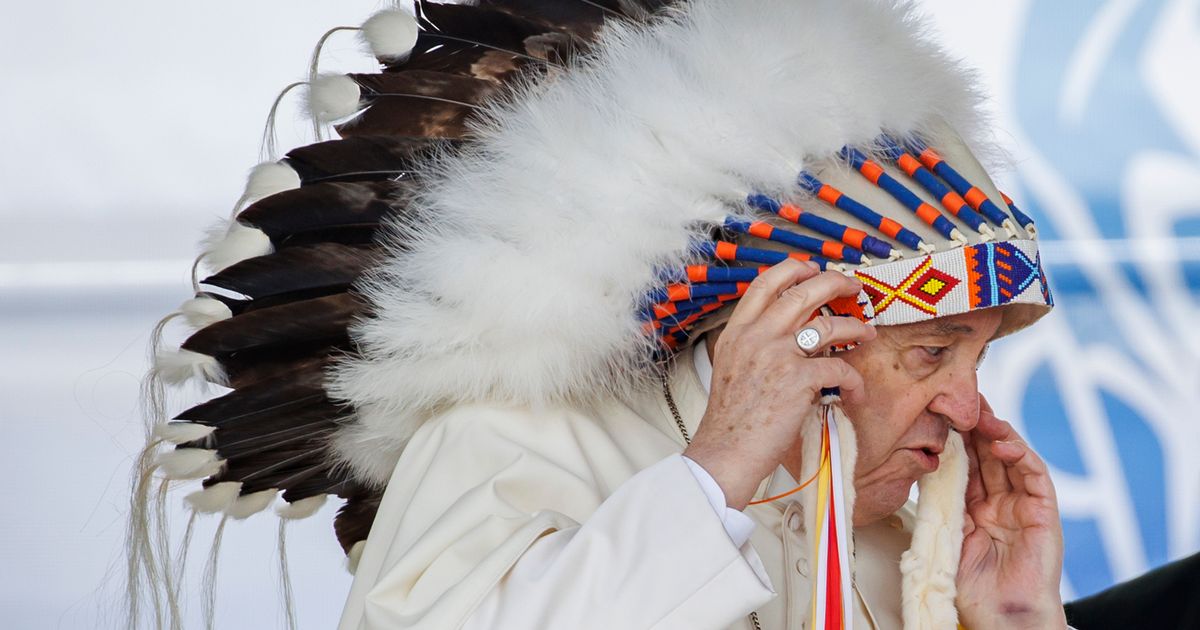
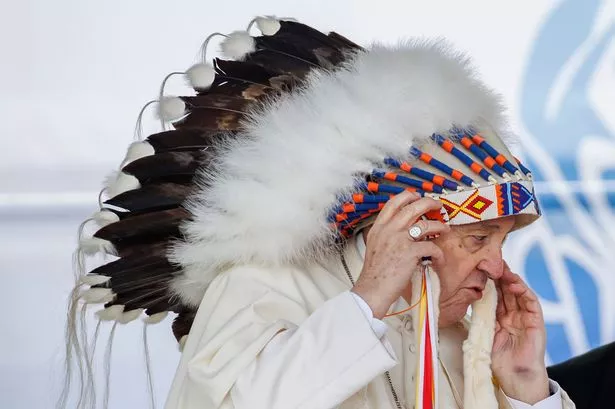 Leaders of various indigenous tribes have demanded that Pope Leo XIV give back various artifacts from their people, which are currently being housed in the Vatican.(Image: Getty Images)
Leaders of various indigenous tribes have demanded that Pope Leo XIV give back various artifacts from their people, which are currently being housed in the Vatican.(Image: Getty Images)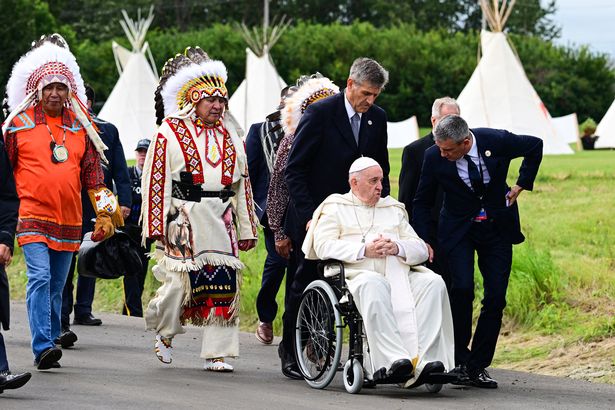 Calls for the artifacts to be returned began in 2022 when a group of First Nations delegates arrived in Rome for the long-awaited talks with the former Pope about the historical abuse at the church-run schools in Canada(Image: AFP via Getty Images)
Calls for the artifacts to be returned began in 2022 when a group of First Nations delegates arrived in Rome for the long-awaited talks with the former Pope about the historical abuse at the church-run schools in Canada(Image: AFP via Getty Images)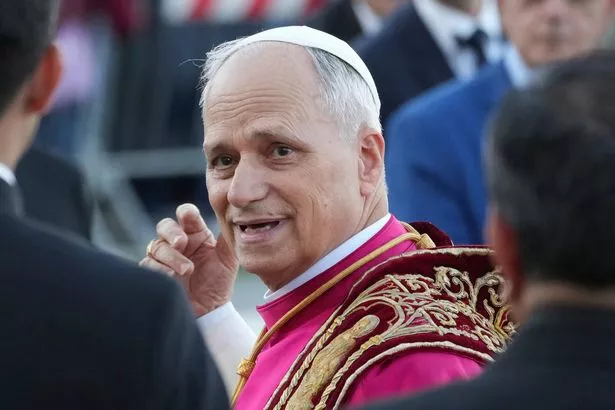 Leo has yet to publicly say whether or not he will give the objects back (Image: AP)
Leo has yet to publicly say whether or not he will give the objects back (Image: AP)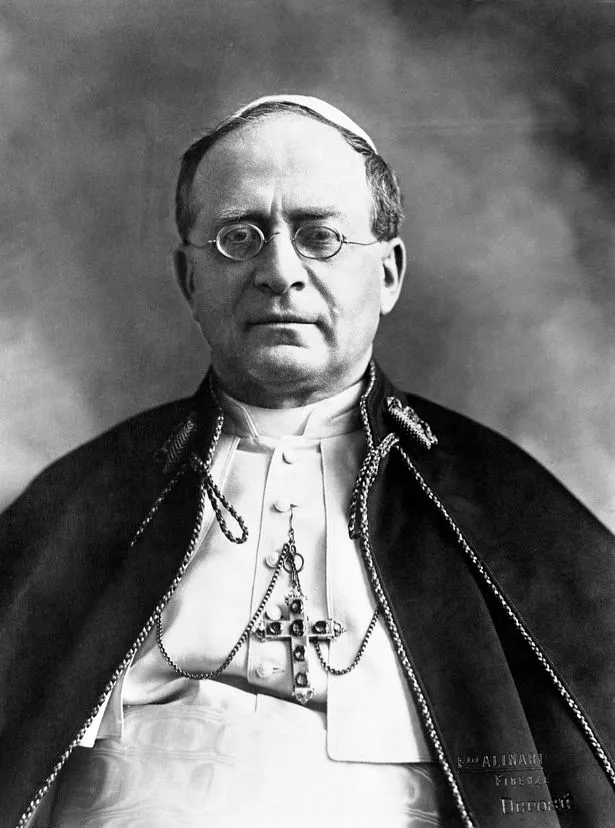 CNN reported that the artifacts fell into the possession of the church during Pope Pius XI’s reign, which began in 1922. (Image: Corbis via Getty Images)
CNN reported that the artifacts fell into the possession of the church during Pope Pius XI’s reign, which began in 1922. (Image: Corbis via Getty Images)